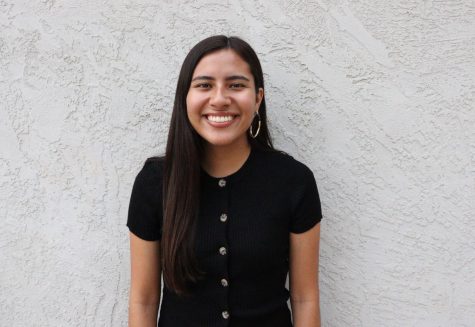After a year marked by lockdowns, increases in coronavirus cases and over half a million deaths, states are beginning to loosen their restrictions. Americans can expect to go back to some level of normalcy now that cases, on average, are on a downward trend, there are more vaccine distributions, and more places are on a path to reopening.
VACCINE ROLLOUT
On March 1, the Food and Drug Administration approved Johnson & Johnson’s vaccine. This would make it the third vaccine available in the U.S. and the first that only requires one shot. Johnson & Johnson CEO Alex Gorsky said that the company is committed to distributing 100 million doses by the end of June.
On Tuesday, President Joe Biden said that the U.S. expects to have enough vaccines for all adults by the end of May—two months earlier than previously anticipated.
According to the Centers for Disease Control and Prevention, about 31 million Americans—about 9% of the U.S. population—have been fully vaccinated with a federally authorized vaccine.
CALIFORNIA UPDATES
Counties all across California are moving into Phase 1B which extends vaccinations to those working in agriculture and food, education and childcare, and emergency services.
On Friday, Gov. Gavin Newsom signed into law $6.6 billion in incentives for public schools to reopen K-12 schools by the end of March. The Los Angeles Unified School District aims to reopen its middle and high schools in late April.
Counties heading into the red tier will allow for some major outdoor gathering locations such as theme parks and stadiums to reopen on April 1 with limited capacity.
NEW GATHERING GUIDELINES
On Monday, the CDC announced that fully vaccinated Americans can gather together without wearing masks or social distancing. Fully vaccinated people in a single household can gather as well with people considered at low-risk for severe disease.
The CDC still recommends that fully vaccinated people continue to wear masks, avoid large gatherings and physically distance from others while out in public. If they experience symptoms related to COVID-19, the CDC recommends they get tested.
According to The Associated Press, the CDC did not provide guidance to people who may have gained some level of immunity from being infected, and are recovering from the coronavirus.
COVID-19 RELIEF BILL
This week the House of Representatives plans to pass Democrats’ $1.9 trillion coronavirus relief bill to provide fresh aid to Americans. The chamber’s goal is to approve the package as soon as Tuesday in time for Biden to sign it before key unemployment programs expire on Sunday.
The bill would extend the $300 per week in unemployment benefits through Sept. 6 and send direct one-time payments of $1,400 to most Americans. Biden said that the stimulus money would hit accounts this month.
“The bill also includes an expansion of the child tax credit, rental payment assistance and funds for COVID-19 vaccine distribution and testing,” wrote CNBC associate Jacob Pramuk. “It directs money to state, local and tribal governments, along with schools.”












